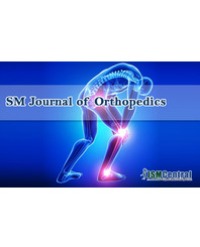
Congenital Pseudoarthrosis of the Clavicle: Treatment Options Using Alternative Implants
Congenital pseudoarthrosis of the clavicle is a rare condition. It is diagnosed at an early age by a defect in the supraclavicular fossa and the absence of a central zone portion of the clavicle in the X-ray image. Origins of the condition are not well understood nor are the best age for, and need for treatment, since it is asymptomatic in many cases. If the clinical presentation is neurovascular compression or shoulder dysfunction, reconstruction of the clavicle with a plate and bone graft from the iliac crest seems to be the most commonly accepted option.
Our case corresponds to a girl aged 9 years with an established diagnosis and a dysfunctional clinical history of the shoulder, as well as a progressively worsening esthetic defect due to the progression of the malformation. The patient was treated using a 2.7 mm mandibular reconstruction plate shaped to resemble an adult clavicle plate with an iliac crest graft. Evolution after treatment was favorable.
Currently, mandibular reconstruction plates are broadly available for treatment in orthopedic and traumatology surgery departments, mainly in pediatric surgery, since they provide the same advantages as adult reconstruction plates but with lower profiles. Their main advantage lies in the availability of support materials for three-dimensional modeling systems allowing for the plate to be adapted to the particular anatomical site, which in this case would be the clavicle.
R Sanjuan-Cervero¹,³*, N. Franco-Ferrando²




